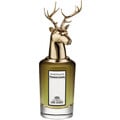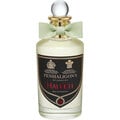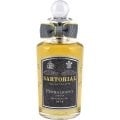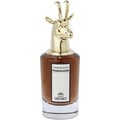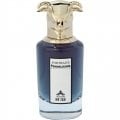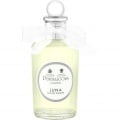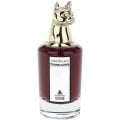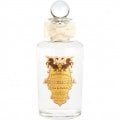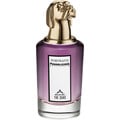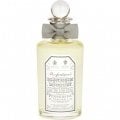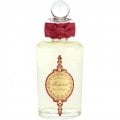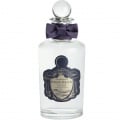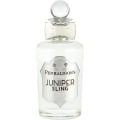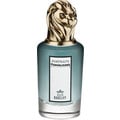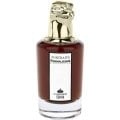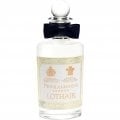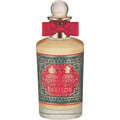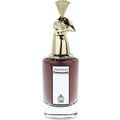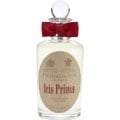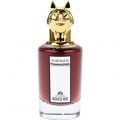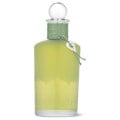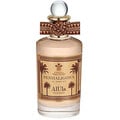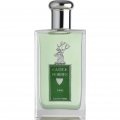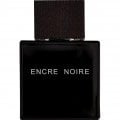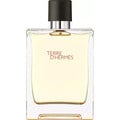Translated
Show original
Show translation
![Konsalik]()
Konsalik
Top Review
18
The cool, secret place
Here and today the Lord has three ways at his disposal (somewhat simplistically speaking) to meet the warm season olfactorically: The first is the contemporary path through aquatics, often mixed with various fruits. And even though there may certainly be fine representatives of this field who have been made competent - this is undoubtedly not the most elegant and subtle genre of summer perfume. The second possibility would be classical, hesperidic colognes or "Cologne water". With this choice one has not only the longest possible tradition line behind one, which reaches back at least to the early eighteenth century; availability and purse friendliness are also a strong argument: A small Cologne boom within the last five to ten years has flushed many, sometimes very good and modern variations of this ancient fragrance onto the market - and not a few of the very best are available for comparatively small and smallest money. However, this eternally similar, pleasing refreshment citric can also be tedious.
Who wants to carry some tension (also in the sense of mental tension) into the midday, flickering streets could, in my opinion, also sniff around in the outmoded scent of the classic straight Fougères. For me, this is the most distinguished way to refresh the heat-infested spirit through the nose. What's the matter with you? Well, both aquatics and classical colognes draw very obvious cooling associations in the head of the wearer and his fellow men. Like, "It's hot? Go to the outdoor pool and have a cold lemonade."
All right, all right. But there is still another possibility; less socializing than deliberately isolating: the solitary walk through the woods, the sunny afternoon in a shady pergola, the hidden place where coolness has accumulated. The place where the mild summer wind sweeps through the foliage, the rustling of which sends pleasant showers down your spine.
One such detour into refreshment, refreshment through retreat and secrecy is English Fern von Penhaligon's, for example, one of the early Fougères following Houbigant's first work. Invigorating, not by the obvious plump southern fruit, but by astringent bitterness and herbaceous, almost minty astringency. Since ferns don't have any noteworthy smell of their own, I often wondered what these original Fougères actually remind me of. Most likely to woodruff - an herb that I only eat with aversion, but which I prefer to smell. In combination with lavender and sandalwood, the nobly spiritual bitterness of the imagined pseudo forest master is at the same time intensified and civilized, so that English Fern lets the image of a lean, elderly gentleman rise up in me (think Hermann Hesse), who even in midsummer often sets out on long hikes (in a light linen suit), but never sweats even after hours.
Because he refuses.



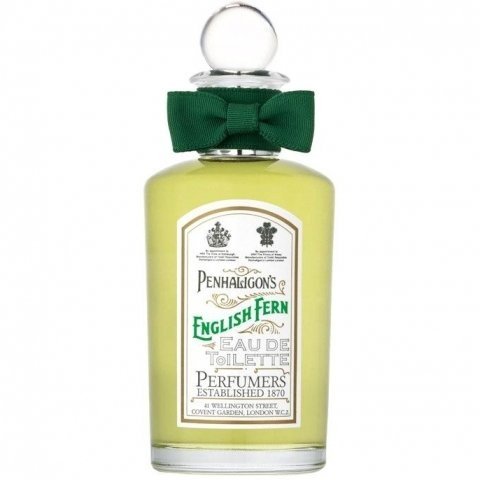


 Top Notes
Top Notes 

 Heart Notes
Heart Notes 
 Base Notes
Base Notes 








